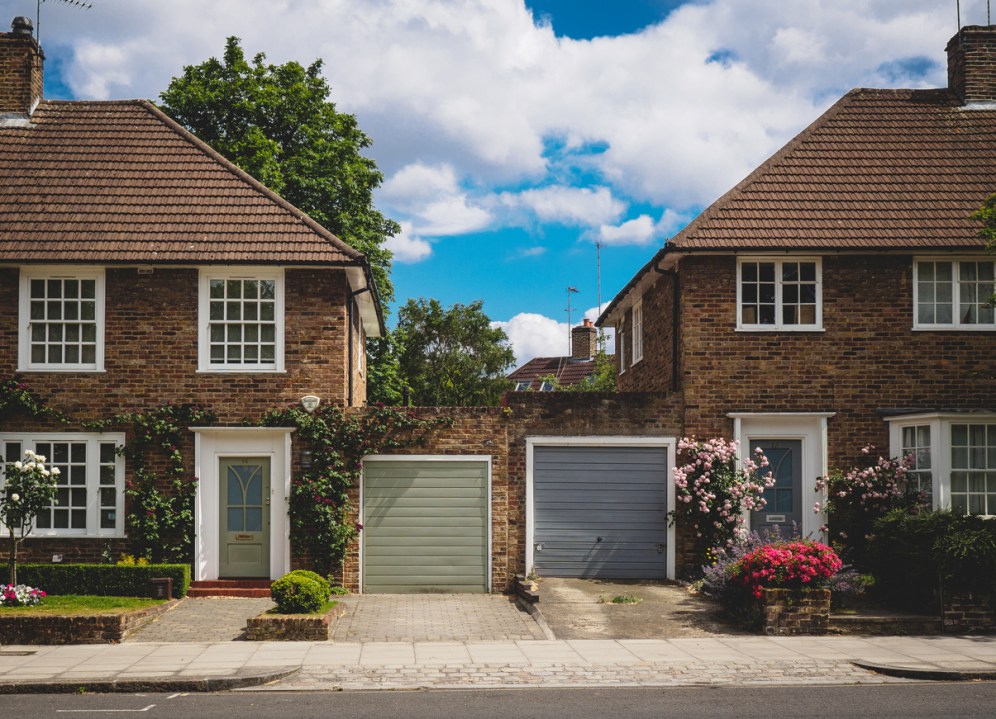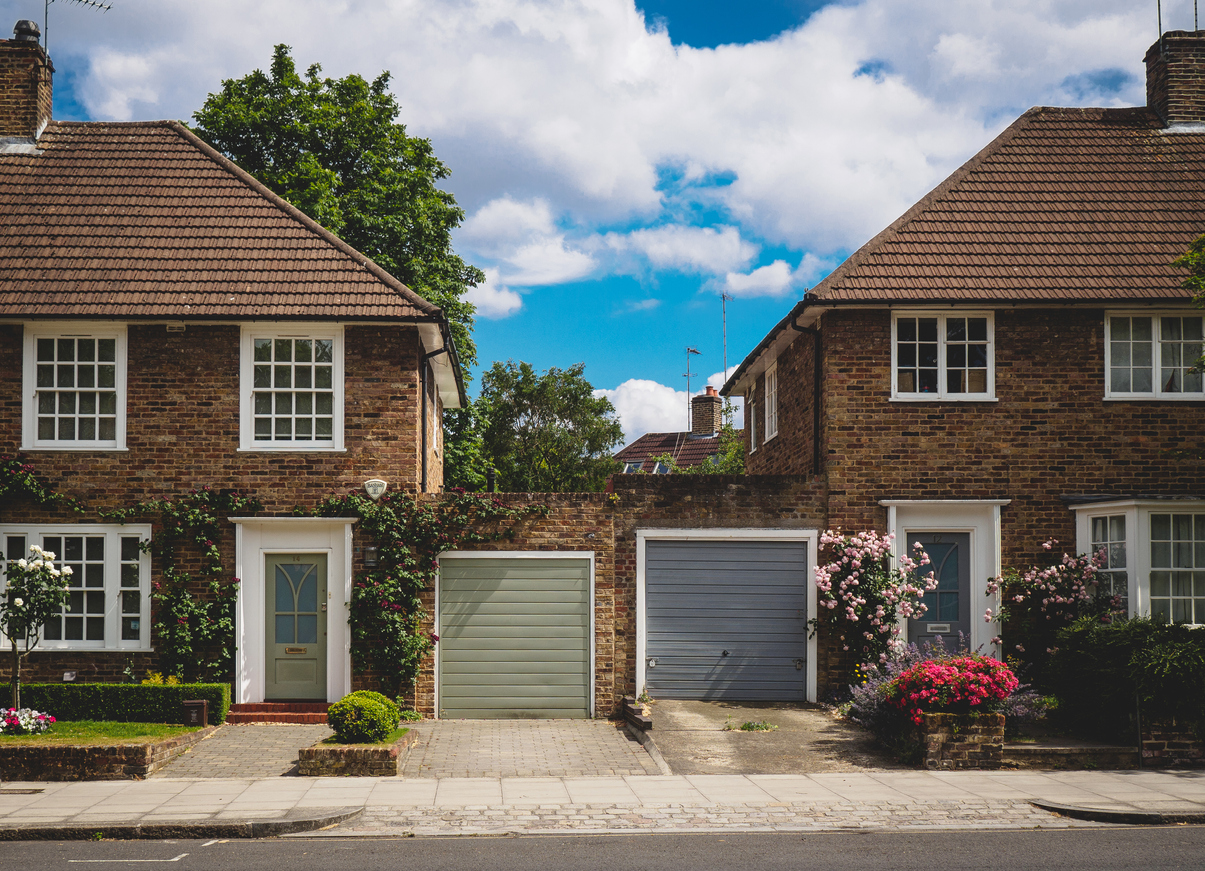It’s a pretty typical 1930s-built semi in the outer London suburbs: four bedrooms, living room, dining room, kitchen, average back garden and unusually large front garden with a lawn and mixed shrub borders. Or rather that’s what it was until it changed hands earlier this summer and the new owners had different ideas. Now that that front lawn and its surrounding borders are gone. In their place is an extended paved area that has enough space to park at least six cars, maybe eight. Not a blade of grass has survived.
The bulldozing of this domestic garden in north London coincided with the Ulez expansion, joining other recent anti-car measures like 20mph speed limits and LTN-closed streets, in an effort to reduce air pollution. Putting aside the bitter arguments about Ulez’s efficacy or fairness, it seems a good time to mention something that is rarely discussed: the disappearance of London’s front gardens.
We live in a world increasingly guided by environmental concerns, as the Ulez saga demonstrates, so it seems ludicrous that these new neighbours of mine in their recently-purchased semi have been able to simply remove so much greenery at a stroke.
Their house is barely 50 yards from a water culvert that is given to regular flooding. Removing that garden and its 1000 square feet or so of water-absorption properties isn’t going to help our flood defences this winter. Their new giant parking space isn’t going to do any favours to those bees we’re meant to be saving either; no amorous hedgehogs will no longer meet there and make prickly babies. And the trees and shrubs that have gone aren’t going to be absorbing CO2 any more either.
It’s a tiny eco-disaster. But it’s emblematic of a wider malaise – because it’s also completely unremarkable. Sadiq Khan has never mentioned it, as far as I’m aware. Around my way, just outside the North Circular, where the new Ulez zone begins, very few original front gardens remain. I’d estimate that 90 per cent of those that are big enough to accommodate a parking space have now been mostly or completely paved. And this is replicated across Zones 4, 5 and 6 of the entire city.
When you do find a front garden which has survived – usually owned by older people who’ve spent decades tending their roses or dahlias – it has little hope of outliving them by more than a few months. New owners mean goodbye flower beds, hello parking spaces.
One house near us had a front garden so small that any vehicle larger than a smart car would not fit the space. But that didn’t stop new owners from paving over it to turn it into an imaginary parking space. By this, I mean that they don’t actually put their car on it. They now park on the street adjacent to this dead space rather than on it, knowing that anyone else doing this can be hit with a ‘you’re blocking my driveway, mate’ threat so it’s de facto theirs.
Doing this rarely requires planning permission, it’s simply a developmental free-for-all. And it’s particularly unnecessary because in many of these streets, there would be ample off-street parking for all: the only benefit in paving your green space away is the convenience of unloading your shopping straight to your front door rather than from a few doors away.
I would like to stop this from being allowed to happen so easily – although I recognise it’s probably too late to talk about ‘saving’ suburban front gardens because there are barely enough left to save. But we could start to encourage people to put them back. What about putting some of that Ulez revenue into grants for homeowners who would consider restoring a dead garden? What a message that would send. And free money can be very persuasive.
I confess my biggest concern personally is not environmental but aesthetic, however. These paved spaces are almost uniformly ugly. Some pavers will make a small concession to what was there before with some plants in pots – but most don’t bother. Their only decoration then is a pair of wheelie bins and a BMW.
The semi that’s just been done now looks like the parking facility outside a provincial dentist to which every member of staff drives. And not in a good way. A recent trend sees the use of brickwork patterned in black, red and grey. These look like municipal tennis courts without the nets. If anything they’re even more awful than plain concrete.
The suburbs have always been under-appreciated but can be quite beautiful. The proliferation of spring cherry blossom along the wider avenues between Palmers Green and Cockfosters make them England’s Kyoto. The viaduct for the Piccadilly Line between Arnos Green is our Pont du Gard. But ripping out gardens has been a tragedy. It would be wonderful to fight back.







Comments